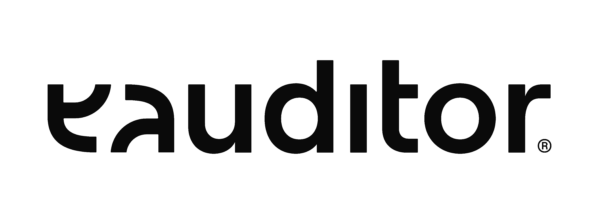The 7 most common mistakes in IT infrastructure management
Learn what to avoid in order to properly manage IT resources
Managing an organization’s IT infrastructure
This is a process that requires proper configuration of all equipment located in enterprises and thorough security. It significantly reduces the time it takes to solve problems in an organization, thus facilitating the work carried out by IT departments. It also includes the administration of IT resources, such as hardware, software, data, servers and networks, as well as employees using the infrastructure. Proper management of IT infrastructure therefore allows not only to monitor the use of equipment, but also users. It can also significantly reduce the cost of doing business. That’s why it’s a good idea to guard against the most commonly duplicated mistakes in IT infrastructure management.
7 mistakes in IT infrastructure management
Inadequate security of equipment or lack of control over its use often result from haste or routine due to the busy workload of IT administrators. Some of these behaviors can lead to data leaks, complicate the work of IT departments and even pose a threat from cybercriminals. So which mistakes should you guard against to avoid such negligence in your organization? Below you’ll find the 7 most common IT management mistakes we’ve identified from talking to hundreds of organizations:
1. Downplaying the IT infrastructure management process
Many organizations believe that it is not necessary to manage the infrastructure at all to ensure adequate IT security. According to them, merely changing passwords monthly and backing up regularly is enough. In reality, such actions result in resources and the data on them not being adequately protected. It is important to take care of this process in the organization by using professional software to secure the company’s sensitive data and to fully manage the IT infrastructure.
2. Failure to control the legality of software.
Many hacking attacks have been linked to the discovery of vulnerabilities in the form of un-updated software. It is important to keep in mind that both hardware and software require updates designed to strengthen them and introduce security fixes. Unfortunately, unsystematic control of software installed on computers also involves the risk of infecting hardware with viruses or spyware. In order to avoid unpleasant penalties and possible risks, it is important to properly plan the conduct of software legality audits.
3. Inadequate monitoring of computers
The way company equipment is used, including computers, affects the stability of the organization’s operations. It is often improperly implemented. An employer has the right to monitor his employees’ equipment, but only to a certain extent. It is illegal to read private e-mails, instant messaging messages and the content of visited sites. Importantly, the employer cannot hide the fact that such monitoring has been implemented at the workplace, which unfortunately many organizations forget. Issues related to the monitoring of employees should therefore be specified in the employment contract or be in the regulations, so that there is certainty that everyone has been informed.
4. Incorrectly configured helpdesk system
Platform for handling requests, which is intended to be helpful to users, must be well automated so that it is easy to search for relevant requests. Another aspect is the intuitiveness of the software, which greatly speeds up and streamlines the process of managing requests. The system should then allow simple communication with those who handle requests. Failure to meet these requirements, can lead to longer response times to requests, which affects users’ satisfaction with their assistance.
5. Failure to control the process of assigning user rights to IT infrastructure
Assigning administrator privileges to IT resources in an organization to different employees poses a major threat to the IT infrastructure. Often, user privileges to hardware are granted in a hurry and without thought in order to allow them to perform operations that require administrator authorization. This significantly shortens the simplification of the decision-making process, but certainly does not increase IT security. This means that if there is no system in place to monitor user privileges within the company’s IT infrastructure, an employee with administrator privileges can actually do anything. Nothing prevents him from working against the company by installing random infected software or stealing the company’s database. This is very dangerous, so taking care of this aspect in IT infrastructure management is really important.
6. Outdated software
The use of outdated and obsolete systems significantly reduces the possibilities associated with the administration of IT resources. Modern systems guarantee intuitive management of IT infrastructure, thanks to the use of numerous functionalities such as remote desktop and task server. Thanks to them, it is possible to manage IT infrastructure without having to move between locations. Everything is done remotely, mobile and online. Without unnecessary wasting of time and monitoring of each equipment individually.
7. Unstructured data
Many times there is a situation where, even after an audit of IT equipment, the data collected is not properly stored or verified. This is a common mistake on the part of organizations. All company information regarding software, hardware, user activities, should be easily accessible to the IT department. This ensures adequate IT protection and facilitates the detection of problems, thus influencing the increase of IT security.
Companies should therefore ensure that IT infrastructure is properly managed to avoid the above mistakes. Failure to comply with certain issues can lead to serious consequences. Therefore, it is worth taking advantage of the experience of others to avoid replicating these irregularities in your organization.





